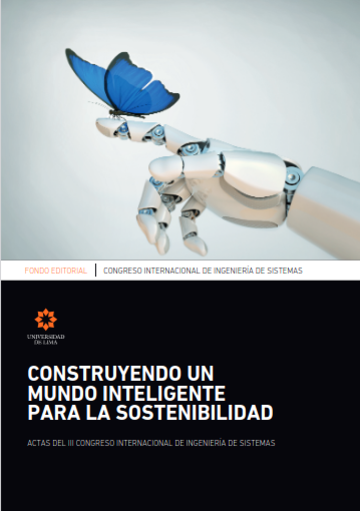Understanding College Students’ Phone Call Behaviors Towards a Sustainable Mobile Health and Well-Being Solution
DOI:
https://doi.org/10.26439/ciis2020.5517Keywords:
mobile health, phone call, temporal factors, geographical factorsAbstract
During the transition from high school to on-campus college life, students leave home and start facing enormous life changes, including meeting new people, taking on more responsibilities, being away from the family, and dealing with academic challenges. These changes lead to an elevation of stress and anxiety, affecting students’ health and well-being. With the help of smartphones and their rich collection of sensors, we can continuously moni tor various factors that affect students’ behavioral patterns, such as communication behaviors associated with their health, well-being, and academic success. In this work, we try to assess college students’ communication patterns (in terms of phone call duration and frequency) that vary across various geographical contexts (e.g., dormitories, class buildings, dining halls) during different times (e.g., epochs of a day, days of a week) using visualization techniques. The findings from this work will help foster the design and delivery of smartphone-based health interventions, thus helping the students adapt to the changes in life.
Downloads
References
Bogomolov, A., Lepri, B., Ferron, M., Pianesi, F., & Pentland, A. (2014, November). Daily stress recognition from mobile phone data, weather conditions and individual traits. ACM international conference on Multimedia.
Diener, E., Wirtz, D., Tov, W., Kim-Prieto, C., Choi, D. W., Oishi, S., & Biswas-Diener, R. (2010). New well-being measures: Short scales to assess flourishing and positive and negative feelings. Social indicators research, 97 (2), 143-156.
Garett, R., Liu, S., & Young, S. D. (2017). A longitudinal analysis of stress among incoming college freshmen. Journal of American college health, 65 (5), 331-338.
Montoliu, R., Blom, J., & Gatica-Perez, D. (2013). Discovering places of interest in everyday life from smartphone data. Multimedia tools and applications, 62(1), 179-207.
Trockel, M. T., Barnes, M. D., & Egget, D. L. (2000). Health-related variables and academic performance among first-year college students: Implications for sleep and other behaviors. Journal of American college health, 49(3), 125-131.
Vhaduri, S., Van Kessel, T., Ko, B., Wood, D., Wang, S., & Brunschwiler, T. (2019, June). Nocturnal cough and snore detection in noisy environments using smartphone-microphones. In International Conference on Healthcare Informatics.
Vhaduri, S., & Poellabauer, C. (2017a). Hierarchical cooperative discovery of personal places from location traces. IEEE Transactions on Mobile Computing, 17 (8), 1865-1878.
Vhaduri, S., & Poellabauer, C. (2018a). Opportunistic discovery of personal places using multi-source sensor data. IEEE Transactions on Big Data.
Vhaduri, S., & Poellabauer, C. (2016). Design and implementation of a remotely configurable and manageable well-being study. In Smart City 360. Springer, Cham.
Vhaduri, S., & Poellabauer, C. (2017b). Design factors of longitudinal smartphone-based health surveys. Journal of Healthcare Informatics Research, 1 (1), 52-91.
Vhaduri, S., & Poellabauer, C. (2018b, June). Opportunistic discovery of personal places using smartphone and fitness tracker data. In IEEE Conference on Healthcare Informatics.
Vhaduri, S., & Poellabauer, C. (2018c). Biometric-based wearable user authentication during sedentary and non-sedentary periods. arXiv preprint arXiv:1811.07060.
Vhaduri, S., & Poellabauer, C. (2017c, August). Towards reliable wearable-user identification. In IEEE International Conference on Healthcare Informatics (ICHI).
Vhaduri, S., & Poellabauer, C. (2016). Cooperative discovery of personal places from location traces. In International Conference on Computer Communication and Networks.
Vhaduri, S., et al. (2018d, March). Impact of different pre-sleep phone use patterns on sleep quality. In International Conference on Wearable & Implantable Body Sensor Network.
Al Amin, M. T., Barua, S., Vhaduri, S., et al. (2009, June). Load aware broadcast in mobile ad hoc networks. In IEEE International Conference on Communications.
Hossain, A., & Poellabauer, C. (2016, October). Challenges in building continuous smartphone sensing applications. In IEEE Conference on Wireless and Mobile Computing, Networking and Communications.
Vhaduri, S., Poellabauer, C., Striegel, A., Lizardo, O., & Hachen, D. (2017d, August). Discovering places of interest using sensor data from smartphones and wearables. In IEEE SmartWorld, Ubiquitous Intelligence & Computing


